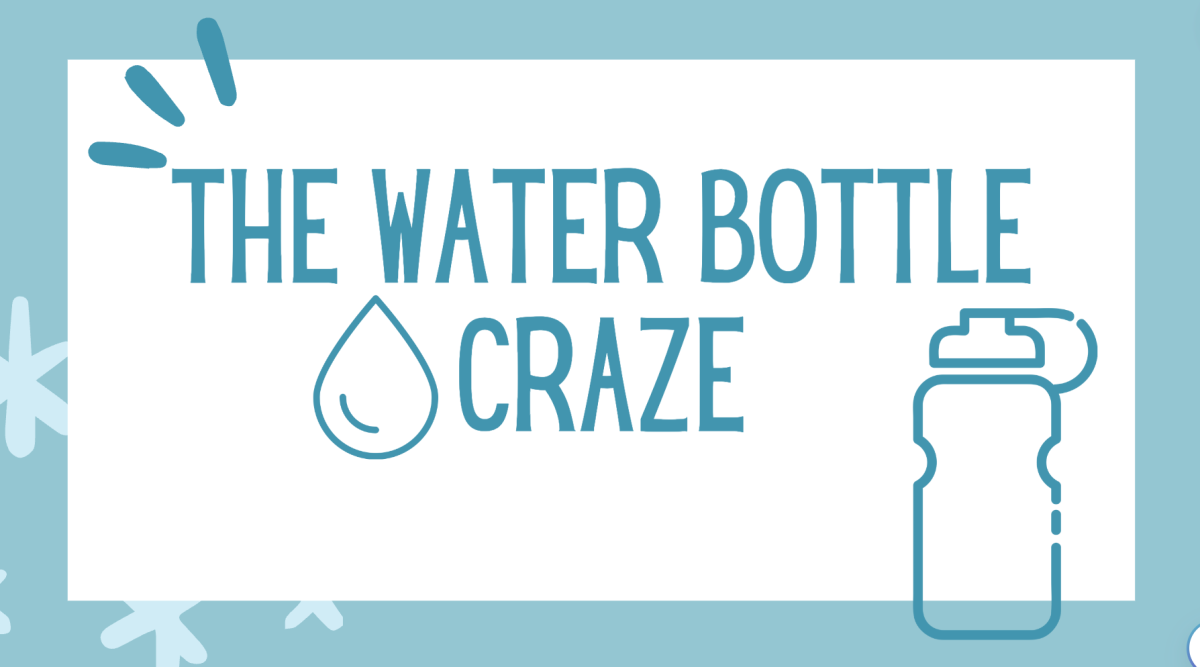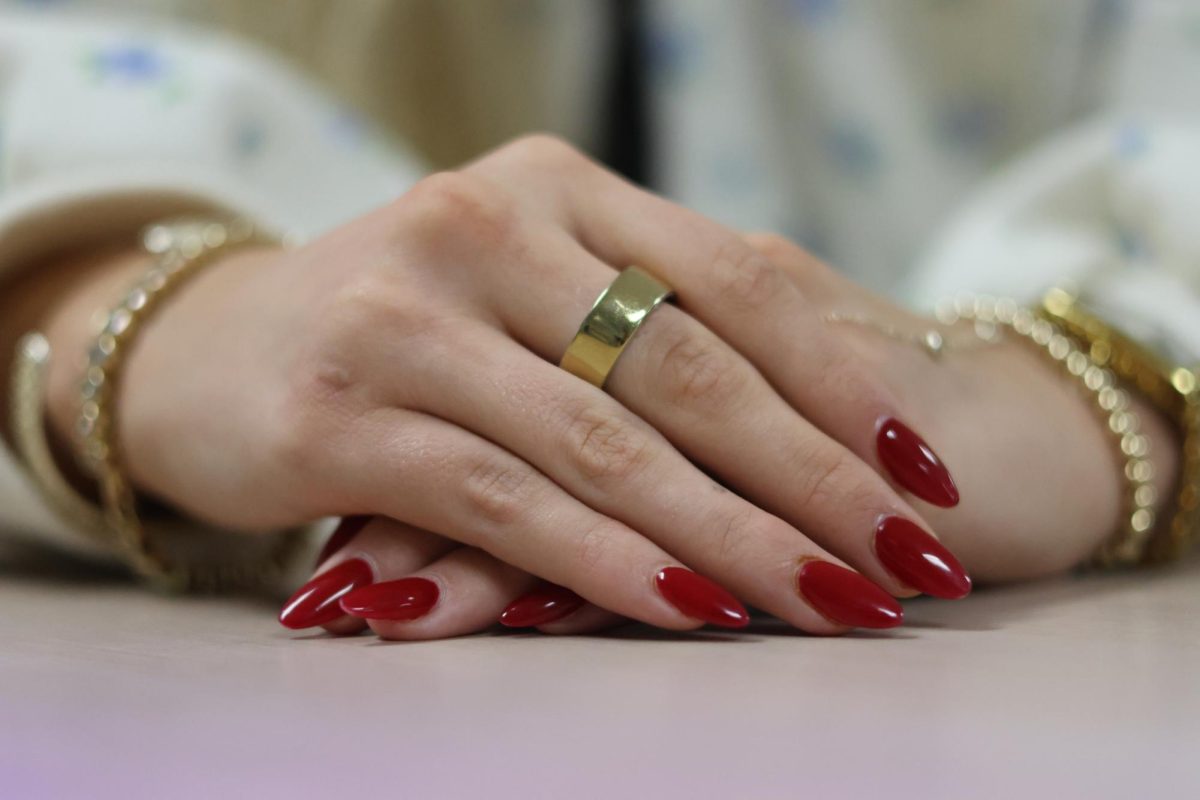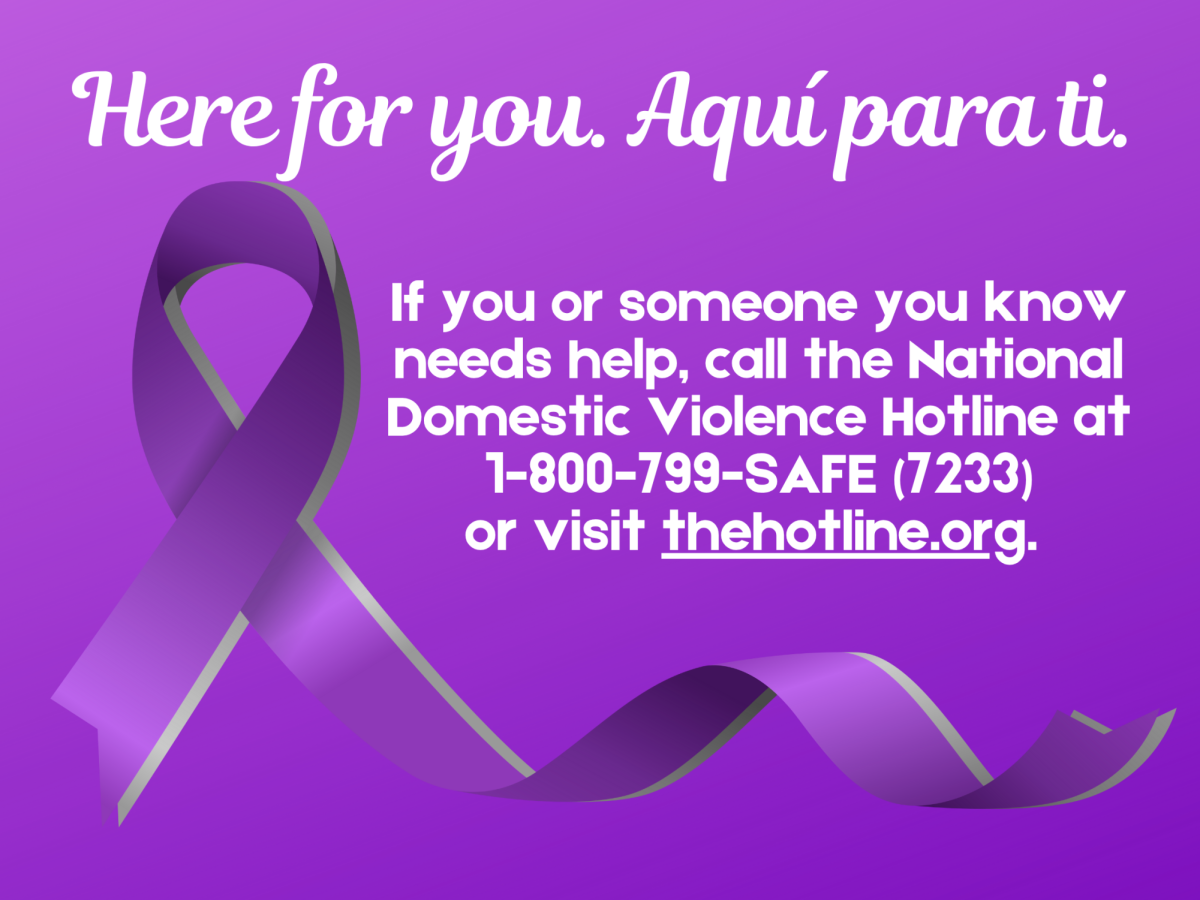In recent years, the craze and over consumerism over the water bottle phenomenon has taken over social media where main competitors like Stanley and Owala are in high demand. Collections are being built up and accessories are being manufactured for profit to capalize on the current trends, but this isnt the first time something like this occurred. Previously, brands such as Starbucks and Yeti were on top of their craze, but the cycle needs to stop.
The overproduction and the over consumerism of a water bottle is skyrocketing everyday. The obsession to have every product for your Stanley is turning into just waste. It is completely unnecessary to have a mini backpack, multiple accessories and even a name plate on a water bottle that will be replaced for another in a month. All these “extras” contribute to the throwaway culture where the environment is at risk that keeps generating wastes that get harmful as it keeps piling up. The concept of having multiple water bottles is impractical that leads to a surplus of bottles that are just slightly unused that are just to be stored away in a cabinet never to be seen again.
The materialistic value of a Stanley is a social burden to society. It’s not unusual to want to fit in, but on the internet influencers are creating pressure to purchase and flaunt these items that can even lead to financial problems as consumers want to keep up with the latest trends. People might be compelled to spend more to fit in, but having a water bottle or not is not a sign of any type of social status and customers should look for functionality instead of aesthetics of a product.
In relation, although these water bottles are marked as sustainable and even eco-friendly, this isnt always the case. In some news articles it is found that some bottles have an unhealthy chemical known as lead that is very harmful to the human body. With high exposure, symptoms such as headaches, cramps and fatigue can occur which can start just from the “mighty” and “trendy” water bottles. The marketing of being the latest and most popular can distract consumers on if the bottle is actually practical and if it will sustain constant usage.
Overall, the water bottle social media culture needs to be stopped, reducing its effect on the environment and consumers pockets is a great benefit. Promoting a sustainable and sturdy water bottle is better than purphasing an “aestheic” one anyday. To prevent being stuck in the water bottle loophole, look into buying a water bottle that will last you some time and one that is safe to drink out of.















